|
When the FAA announced the requirement for the use of Automatic Dependent Surveillance-Broadcast (ADS-B) for GA aircraft, pilots were told this technology would increase aviation safety, as it would replace radar as the primary means for ATC to manage traffic separation. Instead of having a person watch a radar scope for targets, the GPS on board and ADS-B equipment self-report the aircraft's position and lets the pilot know the whereabouts of traffic around them. And it has been doing that since its implementation in 2020. Some pilots, however, are complaining that the FAA's use of ADS-B information is a violation of privacy. On Tuesday Aircraft Owners and Pilots Association (AOPA) president and CEO Darren Pleasance sent a letter to acting FAA Administrator Chris Rocheleau "urging the agency to halt the use of ADS-B data in ways that go beyond its original intent." Pleasance said that AOPA initially supported the FAA’s ADS-B mandate in 2020, “as we were assured ADS-B would only be used to improve air traffic safety and airspace efficiencies." Since then, however, AOPA has heard from its members who have been subject to what it called "frivolous lawsuits" for trespassing and FAA investigations based on information gleaned from ADS-B data. "We are now seeing FAA enforcement actions based on ADS-B data to prevent legal water landings or frivolous lawsuits where complainants are suing for nuisance, trespass, and intentional infliction of emotional distress for aircraft flying at 4,000 feet agl in full compliance with FAA requirements," Pleasance said. "Pilots are now being forced to pay expensive legal fees to defend themselves against these questionable enforcement actions and frivolous lawsuits. Moreover, a cottage industry of companies contracting with public-use airports are now using ADS-B data to collect airport fees from general aviation pilots. As you can understand, these actions carry potential safety and individual privacy concerns that must be addressed." Pleasance acknowledged past efforts on the part of the FAA to address ADS-B privacy, specifically the Limiting Aircraft Data Displayed (LADD) program and the Privacy ICAO Address (PIA) program.
"Congress also recently took a positive step to further limit the uses of ADS-B data for certain enforcement actions in last year’s FAA Reauthorization [Act]," he said. An FAA spokesperson did not respond to FLYING's inquiries about the use of ADS-B for enforcement purposes but addressed airport fees. “Airport operators, such as municipalities, commonly develop landing fee schedules,” the spokesperson said. “Landing fees are often a primary source of revenues for airports. There is no FAA restriction on collecting landing fees, but the FAA requires the fees to be reasonable and equitably applied across similar users.”
0 Comments
Flying with Miami Seaplane aboard their incredibly luxurious Kodiak 100 was nothing short of an unforgettable experience. Our journey from Miami to Everglade City was a seamless blend of adventure, luxury, and discovery, offering breathtaking views and an intimate glimpse into the rich history of Florida. From the moment we boarded, it was evident that this wasn’t just any flight—it was an experience designed to delight the senses. The Kodiak 100 was exceptionally spacious, offering a quiet and smooth ride that allowed for endless panoramic views of the magnificent Florida Everglades. The aircraft’s large windows framed a masterpiece of winding waterways, untouched marshlands, and the vibrant tapestry of nature that defines the Everglades. Our chief pilot, Adriel, was the true architect of this incredible adventure. His kindness, professionalism, and deep knowledge of the region made the flight even more enriching. As we soared above the vast wetlands, he shared fascinating stories of Florida’s past—tales of early settlers, the indigenous tribes that once called these lands home, and the natural forces that shaped the Everglades into what they are today. Before we knew it, we touched down in Everglade City, a small yet remarkable destination known for its world-class stone crab claws. Stepping off the plane felt like stepping into another world—far removed from the hustle and bustle of Miami, yet only a short flight away. The charm of Everglade City was palpable, with its quaint, small-town feel and its deep-rooted connection to Florida’s coastal heritage. Miami Seaplane Charters offers more than just a ride; they offer a journey into the extraordinary. In addition to their daily trips to Everglade City, they provide charter services to other breathtaking destinations such as the Bahamas and the Florida Keys. Each flight is customized to the passenger’s request, ensuring a truly personalized and memorable experience.
With world-class pilots, top-of-the-line aircraft, and an unwavering commitment to excellence, Miami Seaplane Charters has set the bar for luxury air travel. After this remarkable experience, I look forward to flying with them again in the future, eager for my next airborne adventure. miamiseaplane.com/ There are few flying experiences as unique and unforgettable as stepping aboard a Douglas DC-3, especially one still working hard in modern aviation. Florida Air Cargo is one of the last remaining operators flying these historic aircraft in oceanic cargo deliveries, and I had the incredible opportunity to join them on a trip to the Bahamas. The Legacy of Florida Air CargoFlorida Air Cargo has built a reputation as one of the top air freight companies in Florida, and much of its success can be attributed to its exceptional leadership. At the helm is Sergio R. Alen, a man whose life has been deeply rooted in aviation. Sergio began his professional aviation career in 1978 as a certified Airframe and Powerplant mechanic at Miami Aviation Corporation. Over the years, he has done it all—from annual inspections and aircraft modifications to quality control and progressive inspection programs. With more than 30 years of experience, Sergio has shaped Florida Air Cargo into a company that blends history, passion, and operational excellence. What makes these flights even more special is the history behind the aircraft themselves. Some of the DC-3s in Florida Air Cargo’s fleet have direct ties to World War II, including D-Day operations. They carry the scars of their past, and yet they continue to serve a vital role today, proving the resilience of their design and the dedication of the people who keep them flying. Flying with Legends: My adventure with Florida Air Cargo took me across the ocean to the Bahamas alongside veteran chief pilot Keith Kearns and first officer Carlos Azcuy. Keith alone has over 5,000 hours in the DC-3, making him one of the most experienced pilots flying these aircraft today. From the moment I met them, it was clear that I was in the presence of true professionals who were eager to share their knowledge. Keith took me under his wing, guiding me through every step of the process—pre-flighting the aircraft, understanding its operations, and experiencing its unique flight characteristics. The enthusiasm and camaraderie of the crew made the experience even more meaningful. There was a shared sense of purpose: this was more than just another flight; it was a continuation of a legacy. The Flight: A Symphony of Radials and a View of Paradise Flying the DC-3 across the ocean was an experience I’ll never forget. As we climbed through the clouds, the deep, rhythmic roar of the Pratt & Whitney R-1830 Twin Wasp radials filled the cockpit—a sound that has carried pilots through the skies for over eight decades. The aircraft has a soul of its own, and flying it through adverse weather conditions only deepened my appreciation for its rugged reliability. The cargo we were hauling was vital to the people of the Bahamas, adding another layer of meaning to the journey. As we descended, the ocean transformed into a breathtaking palette of vibrant blues, signaling our approach to Nassau. The final moments of the flight were mesmerizing, watching the crew expertly work the controls, bringing the aircraft in for a smooth landing on the island’s runway. More Than Just a Flight: Spending the day with the Florida Air Cargo crew was special in ways that go beyond just flying. They welcomed me as one of their own, sharing their stories, their passion for aviation, and their deep respect for the DC-3. It was an immersive experience, giving me insight into the teamwork and dedication required to keep these legendary aircraft in the air.
Flying with Florida Air Cargo wasn’t just about the journey—it was about preserving a piece of aviation history. The DC-3 is more than an aircraft; it’s a symbol of resilience, adventure, and timeless craftsmanship. To have had the chance to be part of that, even for just one flight, is a memory that will stay with me forever. The countdown has begun for the XB-1’s “historic” first supersonic test flight that should break the sound barrier, according to Boom Supersonic. The test flight for the Boom Supersonic XB-1, a prototype aircraft that many tout as the Concorde’s successor, will be livestreamed at 6:45 a.m. PST on Tuesday, Jan. 28, 2025, from Mojave north of Lancaster. Boom officials explained that the “world’s first independently developed supersonic jet” will break the sound barrier in the Bell X-1 Supersonic Corridor and the Black Mountain Supersonic Corridor over the Mojave Desert. Flight experts say in ideal conditions, a sonic boom can be heard up to 30 miles away from the source. It’s not clear where the sonic boom created by the X-1 will be heard, but the test flight will be just west of Barstow. Flight date and time is subject to change due to weather or safety considerations. The National Weather Service reports partially cloudy skies and no rain at launch time.
The livestream will be hosted by former Chief Concorde Pilot for British Airways Mike Bannister, XB-1 Chief Flight Test Engineer Nick Sheryka, and Boom adviser/former Chief Engineer Greg Krauland. The XB-1 team mounted a $500 Starlink Mini Antenna on a Northrop T-38 chase aircraft that will allow everyone to see the flight in real-time. “We worked with SpaceX to pair the Mini Antenna with an aviation data plan, presumably removing software speed caps,” Boom officials stated. “However, Boom officials stilled questioned if the "modest antenna" would work at high speeds and changing (altitudes)." Boom explained that the Starlink Mini was the only antenna that could fit into the T-38’s rear cockpit, allowing for an occupant of that seat, while not impeding the safe operation of the aircraft or the ejection seat. In order to make sure the Starlink Mini Antenna had no glitches, the Boom team used Sheryka’s 1995 Mazda Miata capable of greater than 100 mph. The ground test was performed at the Mojave Air and Space Port’s 2-mile-long runway in Mojave. The Starlink Mini system worked at over 100 mph, with the next successful test into the T-38 aircraft that flew up to Mach 0.9+, or near the speed of sound, while maneuvering. In 2024, XB-1 completed 10 test flights at the Mojave Air and Space Port in Mojave. XB-1 kicked off the new year with a successful Flight 11 on Jan. 10, 2025, the company stated. During the 44-minute Flight 11, Boom Chief Test Pilot Tristan “Geppetto” Brandenburg soared the XB-1 to an altitude of 29,481 feet. Once again, Flight 11 reached a transonic top speed of Mach 0.95, faster than the flight speed of today’s airliners. An aircraft flies transonic when it reaches the range of speeds just below supersonic, which is Mach 1. Flight 11’s primary objective was to expand dynamic pressure to 383 KEAS (knots equivalent airspeed) — a higher number than will be experienced during XB-1’s first supersonic flight. Flight 11’s journey was the highest dynamic pressure the aircraft ever experienced — pushing beyond the anticipated pressure the aircraft would experience at Mach 1.1. As an aircraft approaches supersonic speeds, dynamic pressure becomes a key factor — it’s essentially how hard the plane is pushing through the air, Boom explained. "Dynamic pressure and Mach number work together to shape the aircraft’s performance. During flight testing, we carefully expand one parameter at a time — either Mach number or dynamic pressure — in order to ensure safe and precise performance. The relationship between these two numbers changes with altitude — the faster and lower you are, the higher the dynamic pressure, and vice versa," according to Boom Supersonic. ZeroAvia and PowerCell are expanding their joint work on fuel cell technology with a view to meeting higher energy needs of hydrogen-powered fixed-wing aircraft and rotorcraft. The companies, which have been collaborating since 2022, signed a new memorandum of understanding on October 29, announcing that they will work on next-generation fuel cells for hydrogen-electric powertrains.
Sweden-based PowerCell is already providing fuel cells for the 600-kilowatt ZA600 propulsion system that ZeroAvia is developing for aircraft with up to 20 seats. It submitted a certification application for the ZA600 unit in late 2023. These low-temperature proton exchange membrane fuel cells form part of a multi-stack powertrain architecture that ZeroAvia is now scaling up for the 2-megawatt ZA2000 system. This is intended for airliners with between 40 and 80 seats, such as the ATR72 and Dash 8 Series 400. 3kW/kg Power Density Coming SoonAccording to ZeroAvia, it has already achieved a power density of above 2.5 kilowatts per kilogram. The company, which has engineering teams in both the U.S. and UK, said it is on track to exceed 3 kW/kg in the next few months. One key objective is to increase the operating temperature of fuel cells to reduce the amount of cooling and humidification needed. ZeroAvia said this would simplify the required powertrain architecture and improve the amount of power generated for a given unit of weight. “We’re confident that the first hydrogen-electric aircraft will be flying commercially in the upcoming years,” said PowerCell CEO Richard Berkling. “When that happens, it will have a snowball effect as the environmental and operating cost benefits become clear to airlines and their passengers. For PowerCell, this is a key future market, and we are delighted to be deepening our partnership with the leader in this space to develop solutions to enable more clean flights, removing emissions.” After the world posted its worst year for wildfires, with an area roughly the size of Nicaragua scorched in 2023, one plane model has become the most important aircraft on Earth. A specialized amphibious firefighting plane — commonly called a Canadair after its original manufacturer — is unique in the market for its size and maneuverability. It can hold as much as 1,621 US gallons (6,137 liters) of water — about 20 bathtubs full — and travel at more than 200 miles per hour (322 kilometers per hour). In a quick swoop, the planes scoop up water from lakes or seas — filling up in 12 seconds — and fly as low as 100 feet (30 meters) above burning infernos to douse flames. As climate change makes wildfires more frequent and intense around the world, these acrobatic water-bombers are needed now more than they’ve ever been before. Yet they were out of production for almost 10 years. This has now changed. De Havilland Aircraft of Canada Ltd., which acquired the rights to the aircraft in 2016, reached new agreements with European Union countries this year to provide 22 DHC-515 firefighter planes, the brand successor of the Canadair. The order will be the first time De Havilland makes these €50 million ($55 million) planes. While production won’t finish until the end of 2026 at the earliest, the EU is willing to wait for a firefighting plane considered incomparable to anything else available. “The so-called Canadair is the only functioning, operational aircraft in that category in this moment of time,” Hans Das, deputy-director general for European civil protection and humanitarian aid operations at the European Commission, said in an interview. “Over the last few years, we have seen forest fires expanding into all of Europe. Nobody escapes anymore.” Wildfires have been raging across the continent this year — most ferociously in Greece and Turkey — as the world recorded its hottest summer ever. Across the Atlantic, Brazil’s Amazon rainforest has been on fire, wafting toxic smoke into the country’s largest city Sao Paulo in recent weeks. In North America California battled one of its worst wildfires on record in July and blazes have raged across De Havilland’s home province of Alberta. Fires were still smoldering under the snow in Canada in March after unprecedented wildfires in 2023. Most firefighters are on the ground during a wildfire, but planes play an important role in helping dowse fires with water or stopping the spread with retardant. “As fires continue to increase both in number of fires and in the scale, there is just more and more need for aerial firefighting assets to help support those firefighters on the ground so they don’t get their butt kicked,” Paul Petersen, executive director of the United Aerial Firefighters Association, said in an interview. Petersen estimates the world needs twice the amount of firefighting aircraft currently available to meet demand. Riva Duncan, a retired fire chief with the US Forest Service, agreed that demand has been exceeding aircraft availability. “The growing number of fires we’re having, the lengthening of the fire season into a fire year, larger, more destructive fires — we need every tool in the toolbox to be able to manage these fires and aircraft’s a big part of that,” she said. Quebec-based Bombardier Inc., the previous manufacturer of the Canadair planes, sold off the unit in 2016 as it dealt with a series of financial difficulties. From 2015 until the new EU order, the firefighter planes had been out of production. De Havilland first discussed restarting production of the planes in 2019, but due to the high costs, it needed a firm commitment of a minimum number to get their suppliers on board for parts, according to Neil Sweeney, De Havilland vice president of corporate affairs. He said the EU’s order for 22 planes was enough to start things up again. The EU started looking at expanding its aerial firefighting fleet in 2020 — taking on board supply chain lessons learned during the Covid pandemic. With fires happening simultaneously across the continent, the bloc found sharing resources across countries does not work if there aren’t enough planes. “When everybody is facing the same difficulty, then the system gets paralyzed,” Balazs Ujvari, a spokesperson for the European Commission, said in an interview. “If your house is burning then you cannot also help the neighbor’s house that is burning.”
For this fire season, the EU has access to 26 firefighting planes from nine member states. De Havilland said there are approximately 160 Canadair planes in operation in 10 countries: Turkey, Morocco, Canada, the US, France, Croatia, Spain, Italy, Greece and Malaysia. There are other aircraft capable of water bombing, but they either hold less extinguishing agent or they’re good for one big drop before needing to return to a station for a slower refill. Canadairs, on the other hand, can circle back and skim an open body of water again and again, refilling almost at full speed. While countries around the world have made regional deals to share aerial firefighting resources, including lending out aircraft during off-seasons for wildfires, climate change has been making this a logistical nightmare. Countries are dealing with longer fire seasons and places that previously didn’t have many fires are seeing them more regularly. This is one reason De Havilland expects to see more demand for firefighting aircraft in the future. The other is that many countries will be keen to upgrade aircraft in their fleet — which may be up to 50 years old. Over time, planes that scoop salt water can suffer from corrosion, and in warmer climates they may begin to rust. The new DHC-515 aircraft will have similar water capacity to its predecessor, but will have a few upgrades. These include improvements to the water drop control system, the avionics, the rudder control and the air conditioning. Mike Flannigan, a research chair in emergency management and fire science at Thompson Rivers University, said De Havilland may have cornered a market for these types of planes now, but other manufacturers will likely sense an opportunity as wildfires become a more difficult problem for countries to tackle. “I expect they might get some competition eventually if this market continues to grow,” he said. Like Tom Cruise's "Maverick" character in "Top Gun," Boom Supersonic is feeling the need for speed. The Colorado company has received a first-of-its-kind approval from the U.S. Federal Aviation Administration (FAA) to exceed Mach 1 during test flights of its XB-1 supersonic jet. These flights are slated to occur sometime this year within the Black Mountain Supersonic Corridor in Mojave, California. The sleek, delta-shaped XB-1 took its maiden flight on March 22, 2024 from the Mojave Air & Space Port, and now it's free to go supersonic at Boom's California complex when fully ready. "Following XB-1's successful first flight, I'm looking forward to its historic first supersonic flight," said Blake Scholl, founder and CEO of Boom Supersonic. "We thank the Federal Aviation Administration for supporting innovation and enabling XB-1 to continue its important role of informing the future of supersonic travel." This next phase of test flights will play out inside the Black Mountain Supersonic Corridor, as well as a segment of the nearby High Altitude Supersonic Corridor within the designated R-2515 airspace, an area well known for research and military supersonic aeronautical operations.
During the XB-1's inaugural mission last month, the jet was piloted by Boom Chief Test Pilot Bill "Doc" Shoemaker, while Test Pilot Tristan "Geppetto" Brandenburg was at the controls of a T-38 Talon chase aircraft, which observed and monitored the XB-1 for safety while aloft. "Being in the air with XB-1 during its maiden flight is a moment I will never forget," said Brandenburg in a Boom press statement. "The team has been working hard to get to this point, and seeing [that] flight through mission completion is a huge accomplishment for all of us." Now the team is eager to conduct a second flight, which will test the jet's landing gear, among other hardware. "We anticipate taking it up to 16 degrees AOA (angle of attack), and will also evaluate the sideslip, which will expand the envelope in order to give us a little bit more margin on a nominal landing," Brandenburg said. "It will also be the first time the 'dampers' — or stability augmentation system — is used." Boom plans to expand the XB-1's flight envelope prior to going supersonic, to analyze performance and handling abilities through and beyond Mach 1. Ten to 20 "hops" are in order prior to any milestone supersonic jaunts over the desert, company representatives said. "Right now, the plan is multiple supersonic flights. We plan to do Mach 1.1, 1.2, and 1.3 on the first three," Brandenburg said. "The reason for that is each one of those points takes so much airspace that you only have time to do one of them, so we will be on condition for several minutes; we'll get a flying qualities and handling qualities block, and have to come back home." The Federal Aviation Administration (FAA) will keep the beleaguered Boeing 737-9 Max planes grounded until it approves the aircraft manufacturer’s inspection and maintenance process.
The FAA said the planes will remain grounded until it approves an “extensive and rigorous inspection and maintenance process.” The agency said it currently needs “additional data” from Boeing after reviewing the company’s proposed inspection instructions. “We are working to make sure nothing like this happens again,” FAA Administrator Mike Whitaker said in a statement. “Our only concern is the safety of American travelers and the Boeing 737-9 MAX will not return to the skies until we are entirely satisfied it is safe.” As part of the initial inspections of their respective 737-9 Max fleets, both Alaska and United Airlines found loose bolts and hardware. Both airlines have canceled hundreds of flights since the incident. United told Travel + Leisure the airline typically schedules about 200 flights per day on the Max 9, while Boeing-related cancellations for Alaska could affect as many as 150 flights per day. The planes were initially grounded after an Alaska Airlines 737-9 MAX aircraft suffered a dramatic mid-air blowout of a plug door panel on a flight from Portland, Oregon, to Ontario, California, on Jan. 5. Prior to the incident, the aircraft had reportedly been restricted from flying to Hawaii after a warning light possibly indicating a pressurization problem had lit up on three different flights. "It is time to re-examine the delegation of authority and assess any associated safety risks," Whitaker said in an additional statement. "The grounding of the 737-9 and the multiple production-related issues identified in recent years require us to look at every option to reduce risk. The FAA is exploring the use of an independent third party to oversee Boeing’s inspections and its quality system." Alaska welcomed the decision in a statement and said the carrier would “enhance our own quality oversight of Alaska aircraft on the Boeing production line.” Watch this American Airlines Douglas MD80 open its trust reversers before being on the ground.10/30/2023 Watch this American Airlines Douglas MD80 open its trust reversers before being on the ground. From our Dallas DFW Airport film. EXCLUSIVE: Private Pilot Successfully Flew Over Area 51 Without Being Intercepted, Awaits Punishment10/25/2023 70-year-old California man is waiting quietly for officials from the Department of Defense (DoD) to contact him after he flew his private plane over Area 51 out of curiosity, the Daily Caller has learned. The private pilot successfully flew over the Nevada Test and Training Range (NTTR) inside the Nellis Air Force Base, a highly classified military installation commonly known as Area 51, and is now awaiting punishment from authorities, he told the DOA in multiple voice messages. Flight log [Daily Caller obtained] He flew over Area 51 in a slightly diagonal line around Emigrant Valley and Groom Lake inside Area 51, according to an open source flight record obtained by the Daily Caller. Area 51 airspace typically requires permission from air traffic control to enter because of its sensitive military contents.The Daily Caller identified the private pilot by using pilot registration records and cross referencing the model of the plane. The man in question confirmed his flight over Area 51 to the Daily Caller and said he did it to test “frequencies” in restricted air space. He told the Daily Caller he mostly saw desert and mountains in the restricted air space, with no signs of UFOs or alien life forms. He said the plane was not intercepted by military aircrafts despite Area 51’s notorious sensitivity and military exercises. The man expects to be in touch with the U.S. military because of the incident and believes his pilot’s license will be suspended after an extended bureaucratic process, he told the Daily Caller. The Caller is protecting his identity because of the sensitivity of the situation. The NTTR is a Major Range Test Facility Base (MRTB) where advanced military training and tactical development takes place alongside research for the DoD and Department of Energy, according to the Nellis Air Force base. “There are several agencies that have jurisdiction over various parts of the Nevada Test and Training Range. The U.S. Air Force controls the airspace over the range and roughly 2.9 million acres of land withdrawn for military use. Various organizations including the Department of Energy, Department of the Interior and private towns such as Rachel also manage portions of the land,” a spokesperson for the Nellis Air Force Base told the Caller in a statement.
“As a matter of practice, we do not discuss specific security measures. The Nevada Test and Training Range provides flexible, realistic and multidimensional battlespace to test and develop tactics as well as conduct advanced training in support of U.S. national interests; any attempt to illegally access the area is highly discouraged,” the spokesperson added. The CIA first acknowledged the Area 51 testing site in August 2013 when the agency complied with a public records request from George Washington University scholars, Reuters reported. Area 51 was developed by the CIA in the 1950s to test U-2 reconnaissance planes and it was later used during the Cold War to develop the Air Force’s stealth capabilities, the documents obtained by George Washington’s National Security Archive show. The predecessor to the Department of Energy officially added Area 51 to its Nevada testing site with a 1958 land use order, records indicate. The area is located roughly 80 miles north of Las Vegas, Nevada, and covers roughly 38,000 acres or 60 square miles of terrain. Area 51 was hidden from the American public for decades and its secrecy has garnered widespread speculation surrounding the presence of potential UFOs and extraterrestrial life. One example, the Roswell incident in 1947, revolved around a suspected UFO found outside of Roswell, New Mexico, that some believe was brought to Area 51 for testing and experiments. The reports of a flying saucer around Roswell generated mass speculation about UFOs at the beginning of the Cold War between the U.S. and Soviet Union, according to the National Air and Space Museum. The Roswell incident continues to be a source of theorizing and speculation, as shown by the History Channel’s August 2023 “UFO Hunters” episode centered around the suspected UFO sighting. The FBI initially believes the flying saucer spotted in Roswell was a weather balloon with a radar attached to it, according to a 1947 memo from the FBI’s Dallas field office. The U.S. Air Force later investigated the Roswell incident in the 1990s and concluded the flying saucer was from a balloon research project. In addition, the Air Force investigation found that claims of alien bodies observed in the desert were either the result of test dummies from the research project or a combination of mishaps that tragically took the lives of Air Force personnel. Three witnesses testified in July before the House Oversight Subcommittee on National Security, the Border, and Foreign Affairs for a hearing related to Unidentified Anomalous Phenomena (UAP), more commonly known as UFOs. David Grusch, a whistleblower and former DoD employee, testified with two Navy veterans about suspected UAP encounters and the U.S. government’s alleged knowledge of them. Grusch also made explosive allegations surrounding the U.S. government’s alleged discovery of alien life forms and a widespread government coverup of such knowledge. His allegations remain uncorroborated. The DoD launched a website in August with the goal of providing declassified photos and videos of resolved UAP cases in addition to other resources related to UAPs. The new website is run by the DoD’s All-Domain Anomaly Resolution Office and was authorized as part of the fiscal year 2023 National Defense Authorization Act. In late January and early February, a Chinese spy balloon flew over U.S. airspace for several days and traveled over sensitive military sites before being shot down at the direction of President Joe Biden. The balloon was made with commercial American technology and specialized Chinese equipment indicating it was part of a spy mission. The DoD did not respond to a request for comment by the time of publication. |
Send us an email at [email protected] if you want to support this site buying the original Division of Aero Patch, only available through this website!
All
|
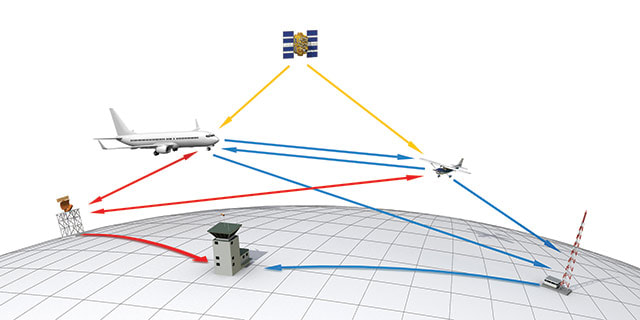
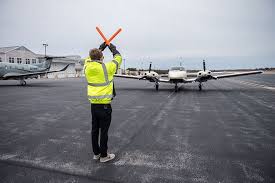
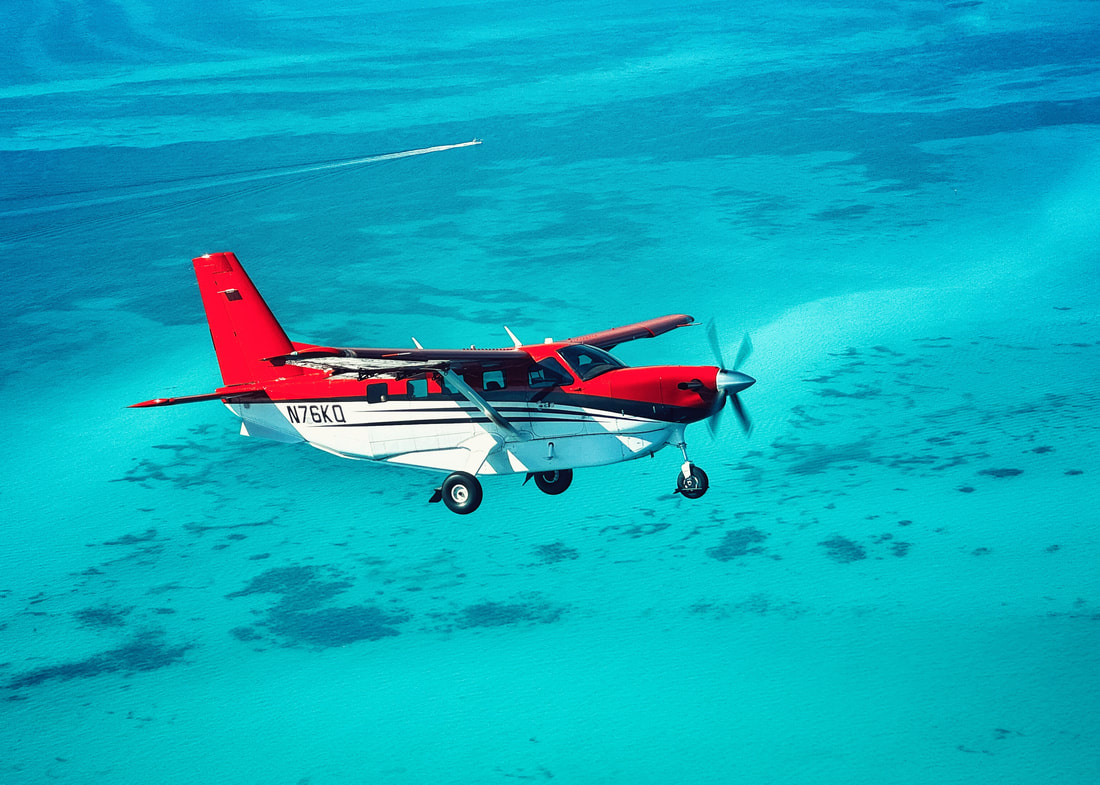
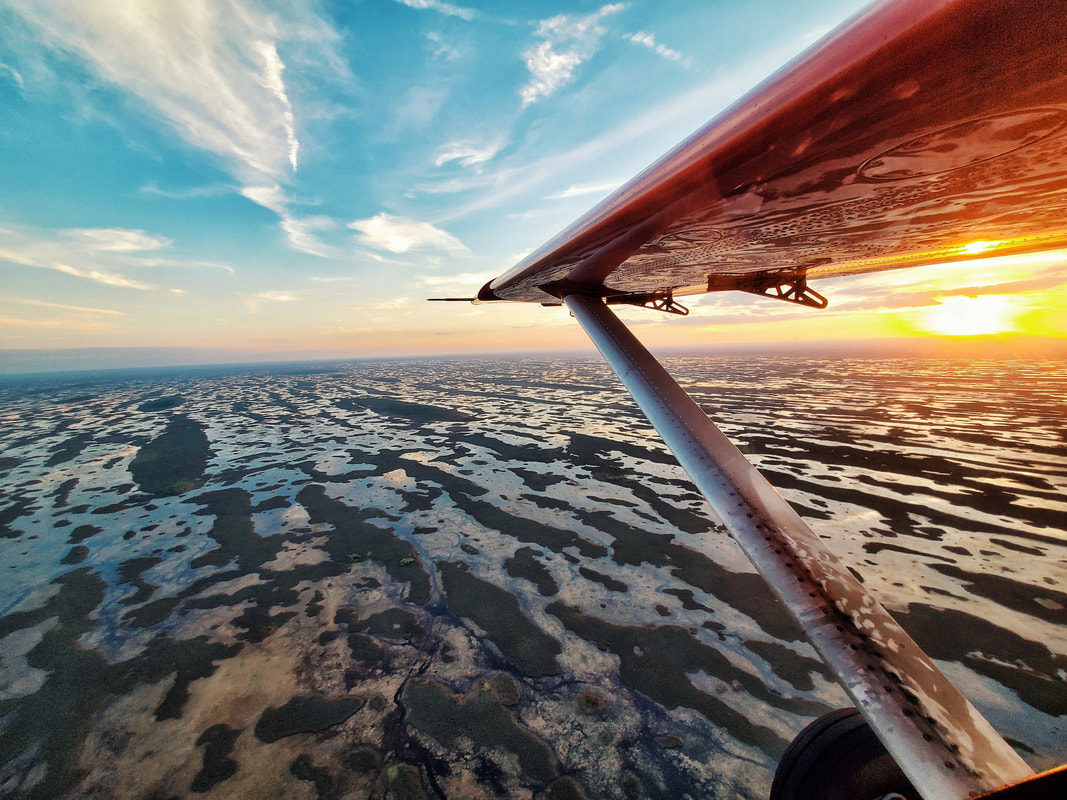

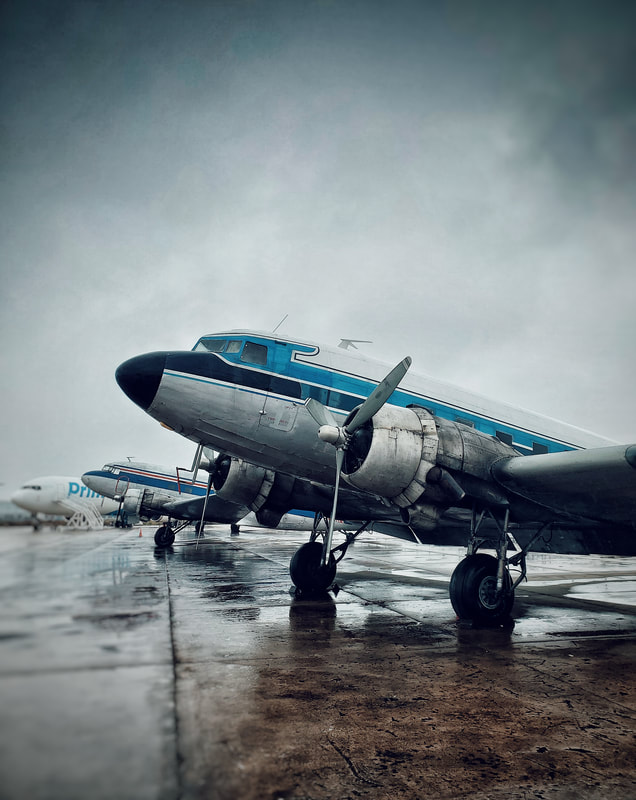

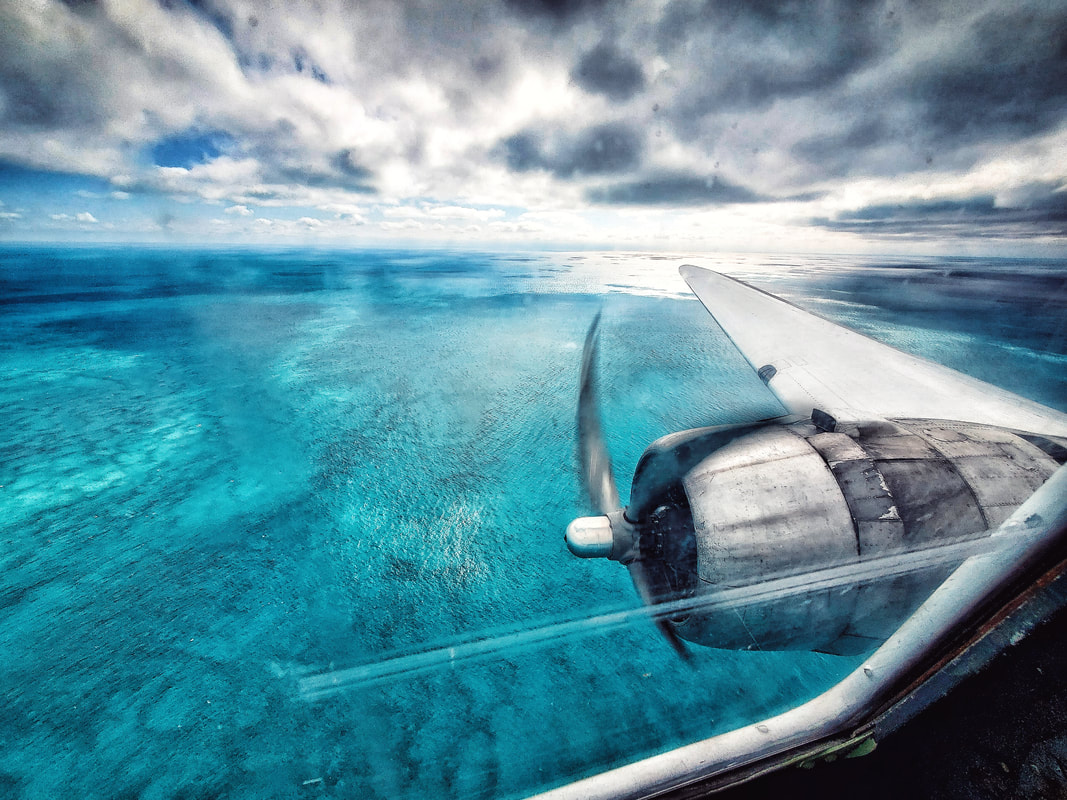
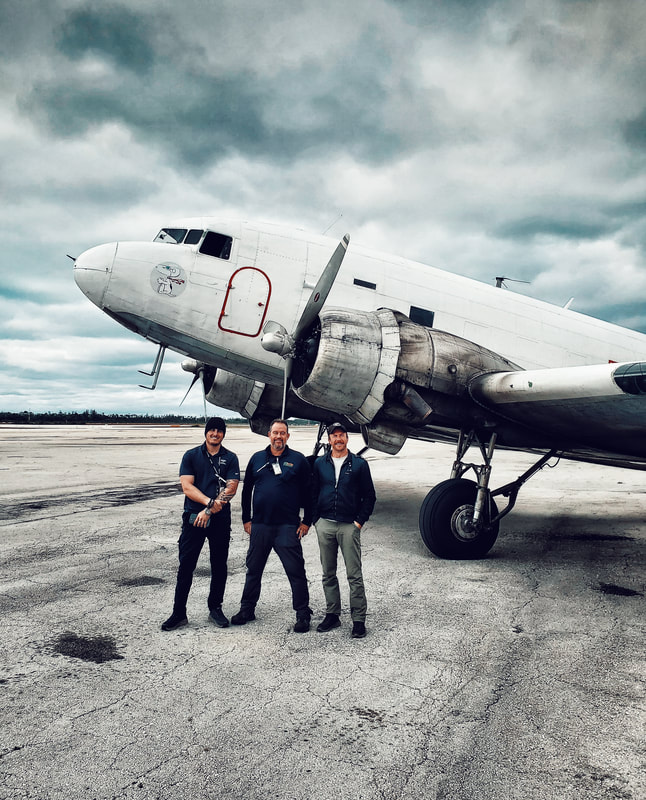
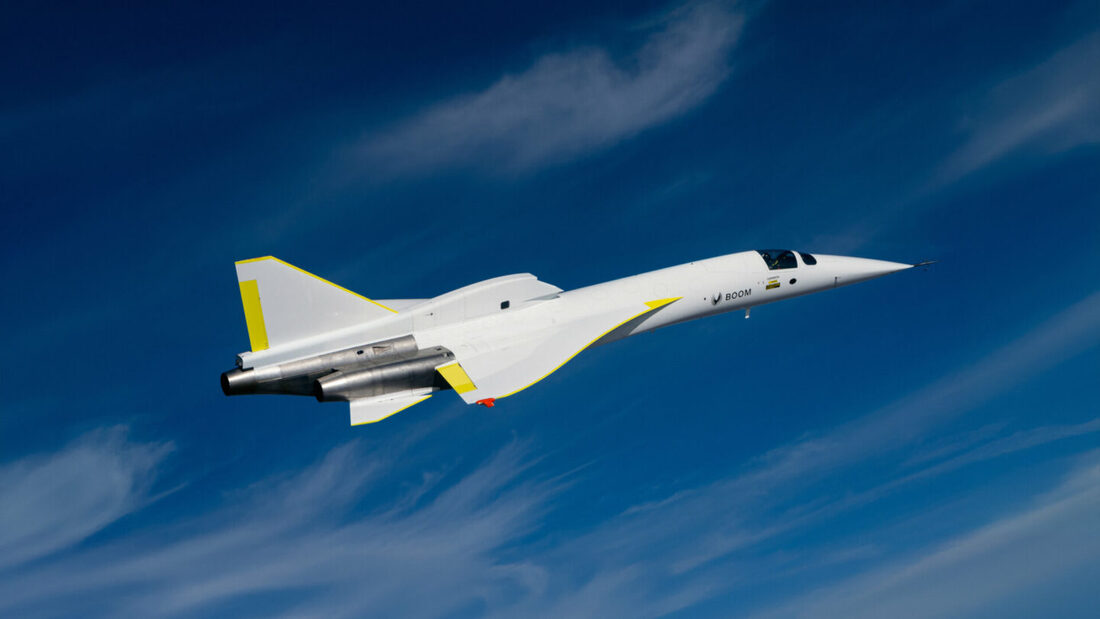
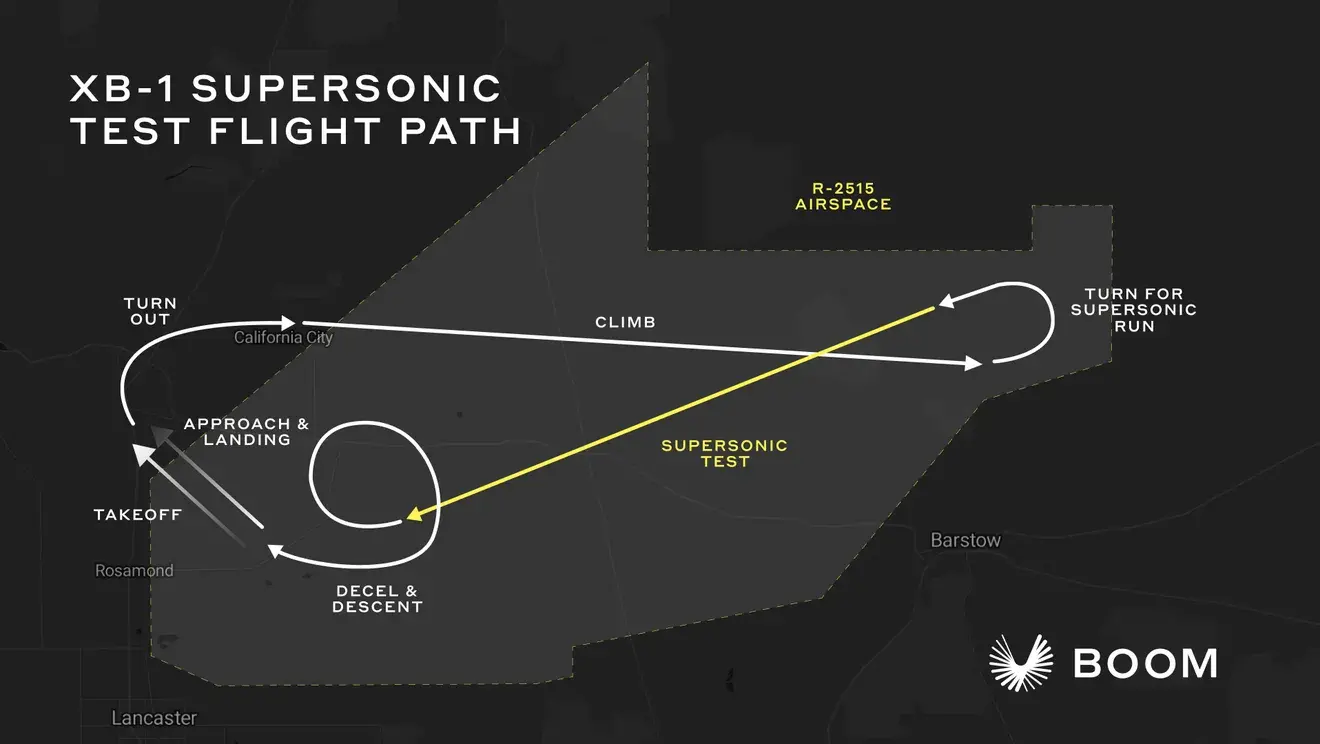
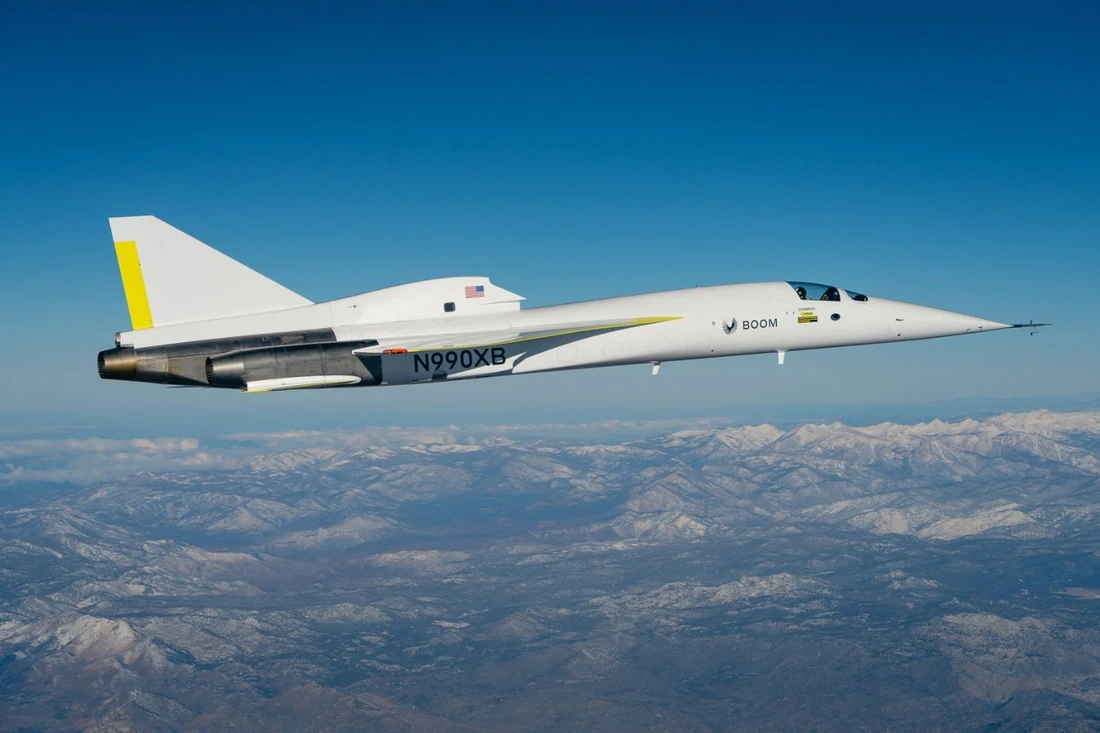
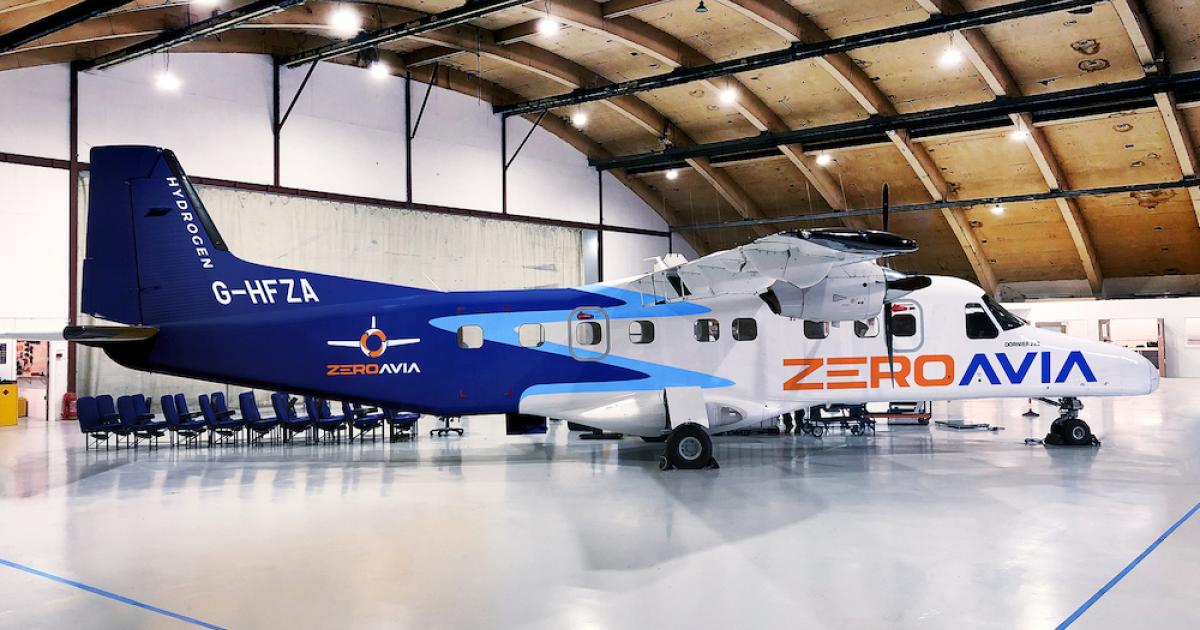
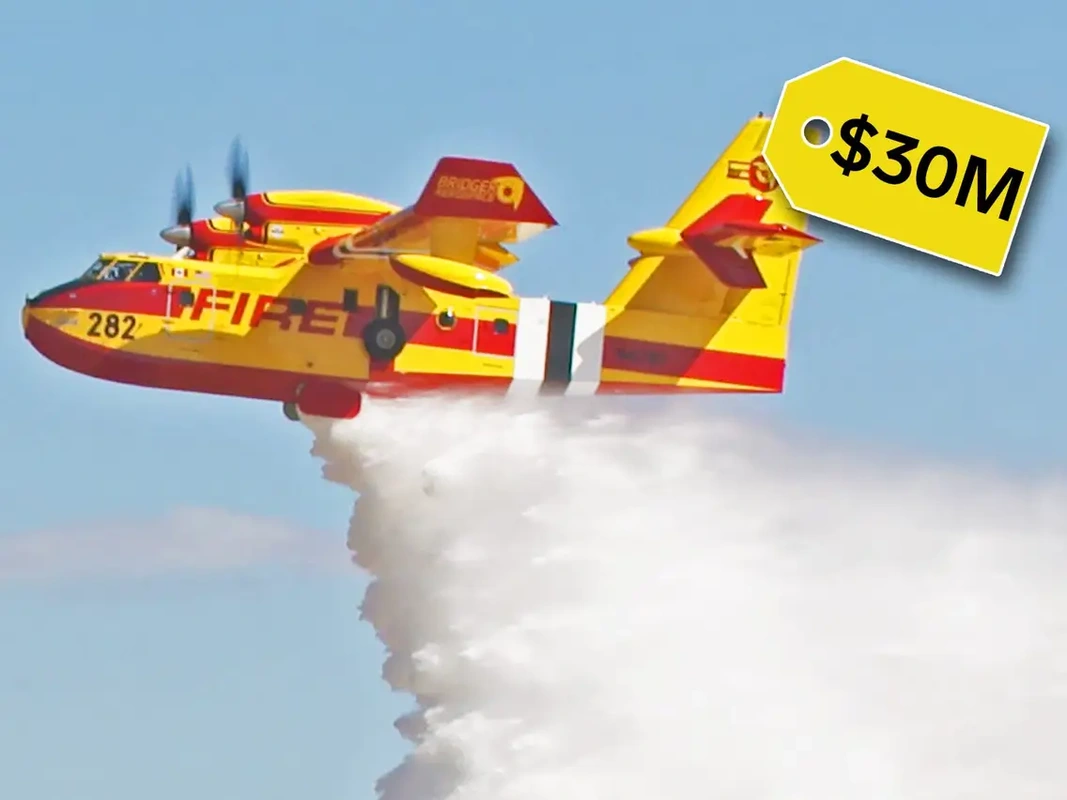
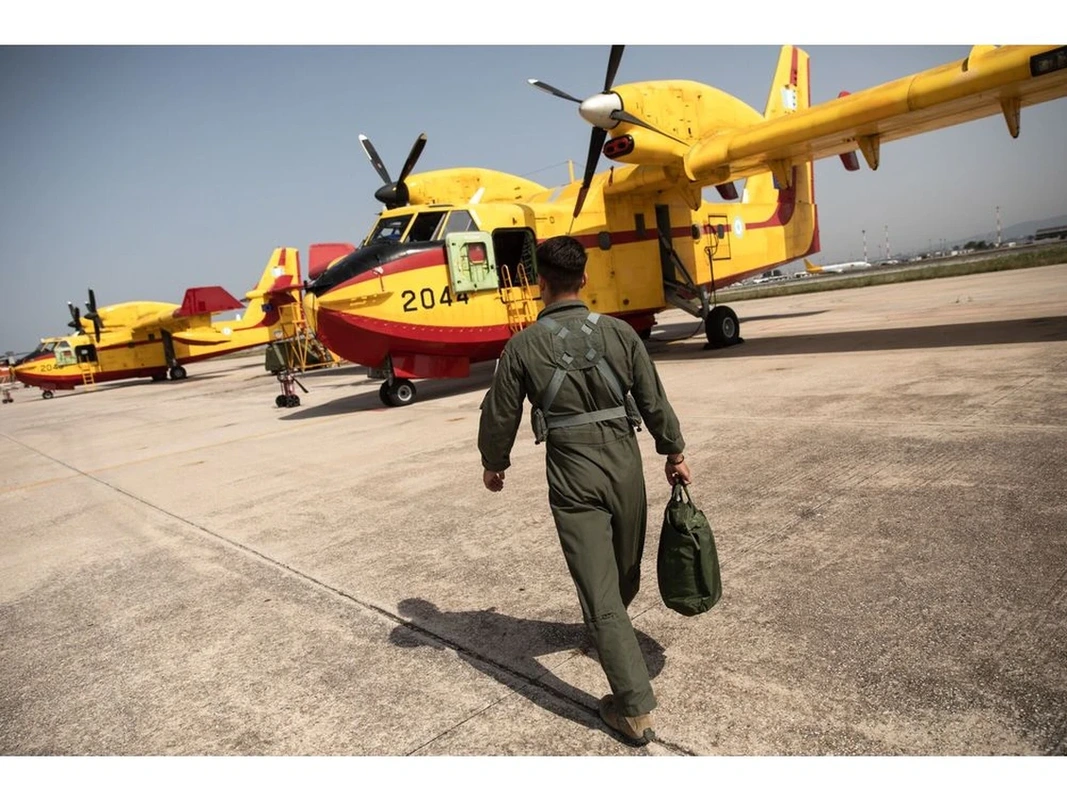

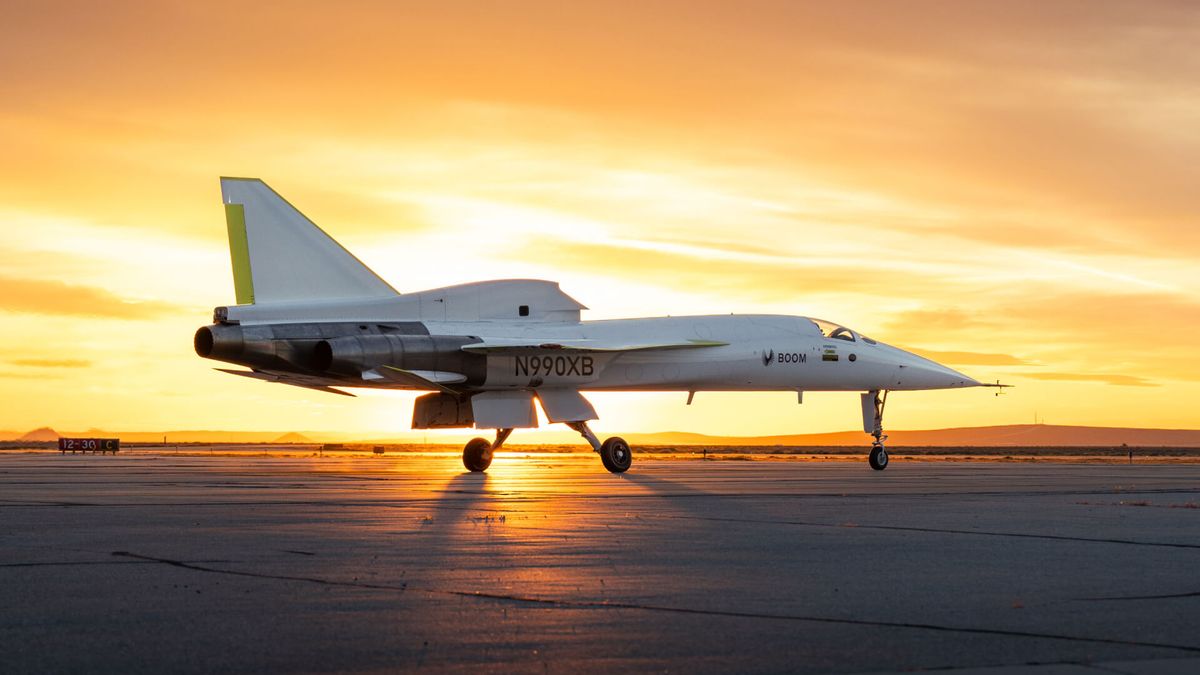

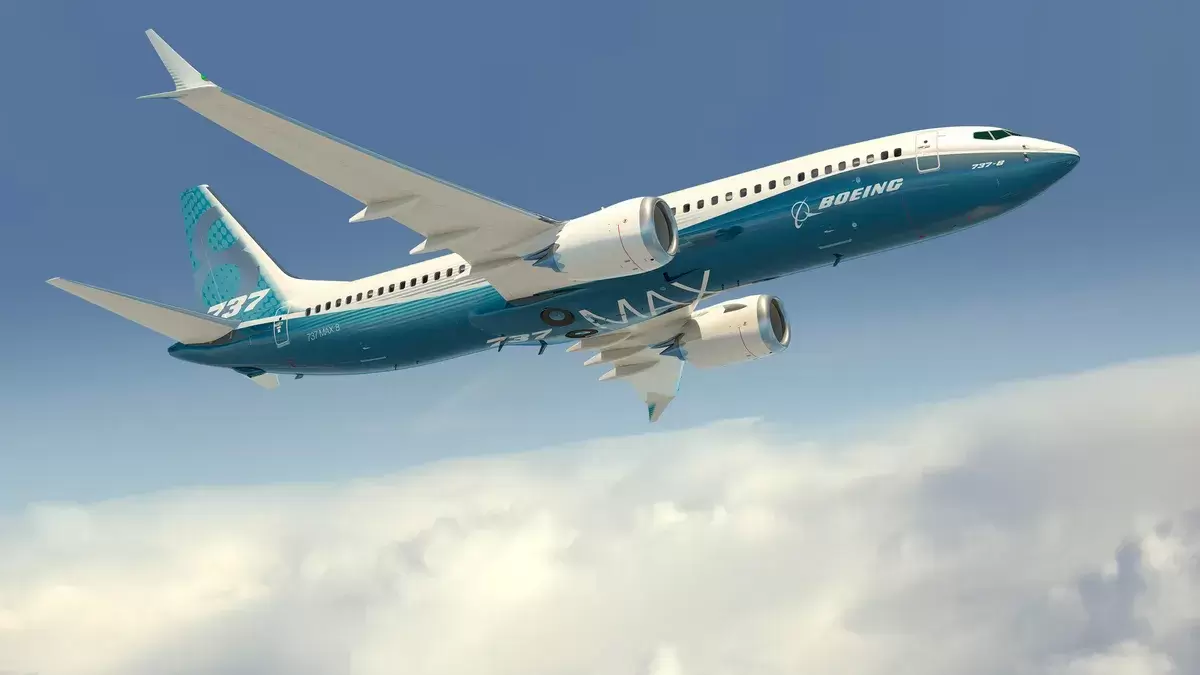
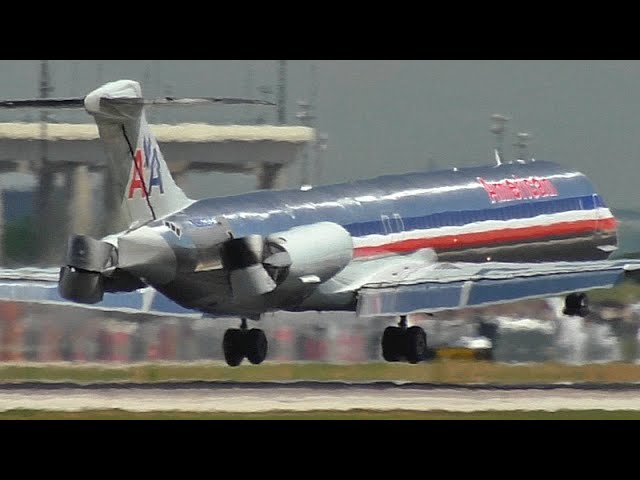
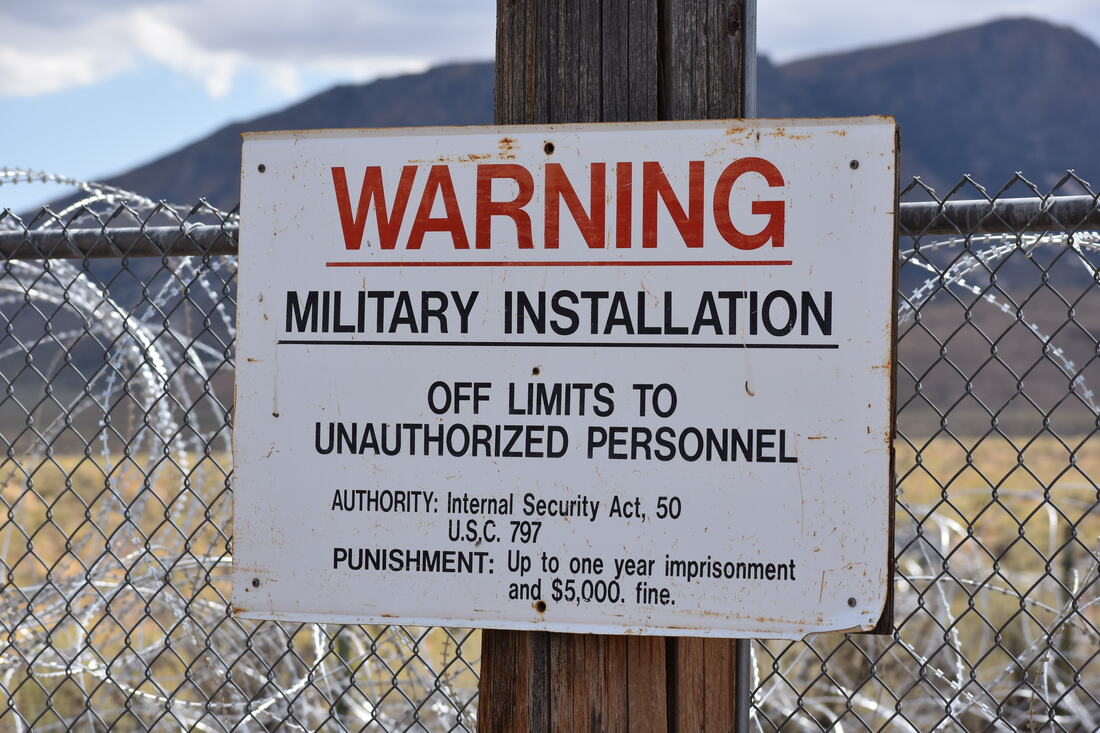
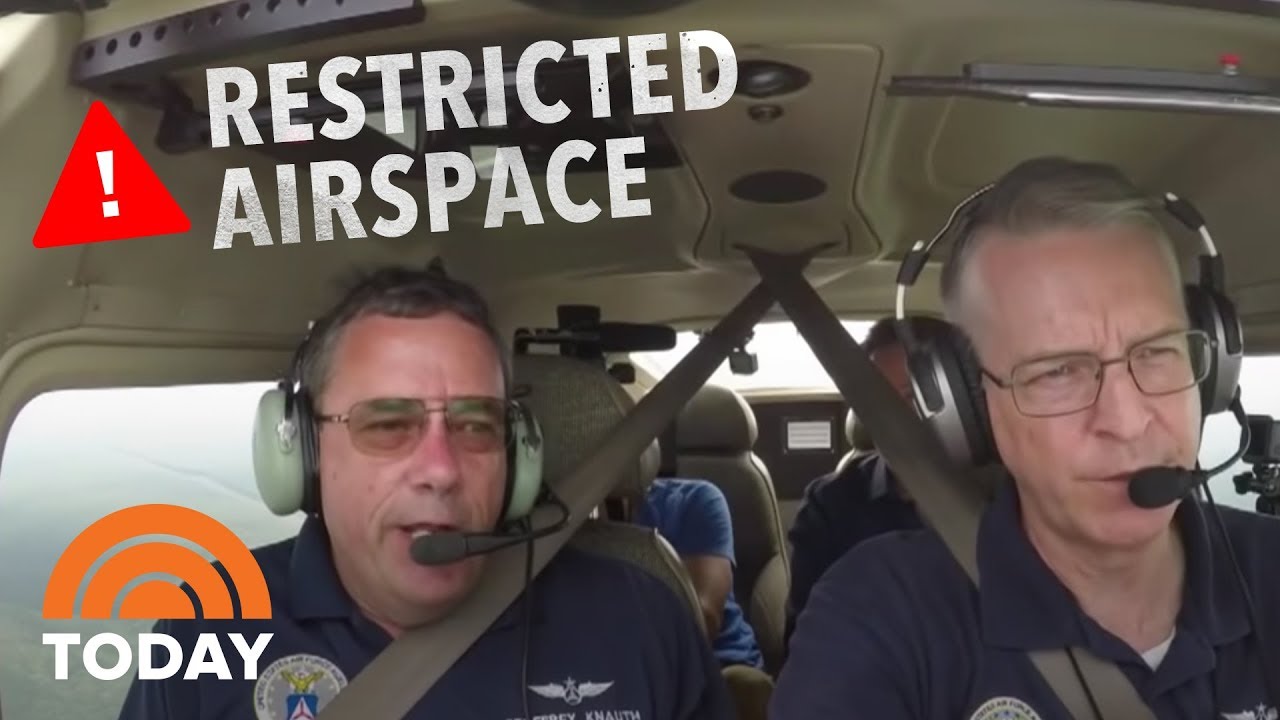

 RSS Feed
RSS Feed